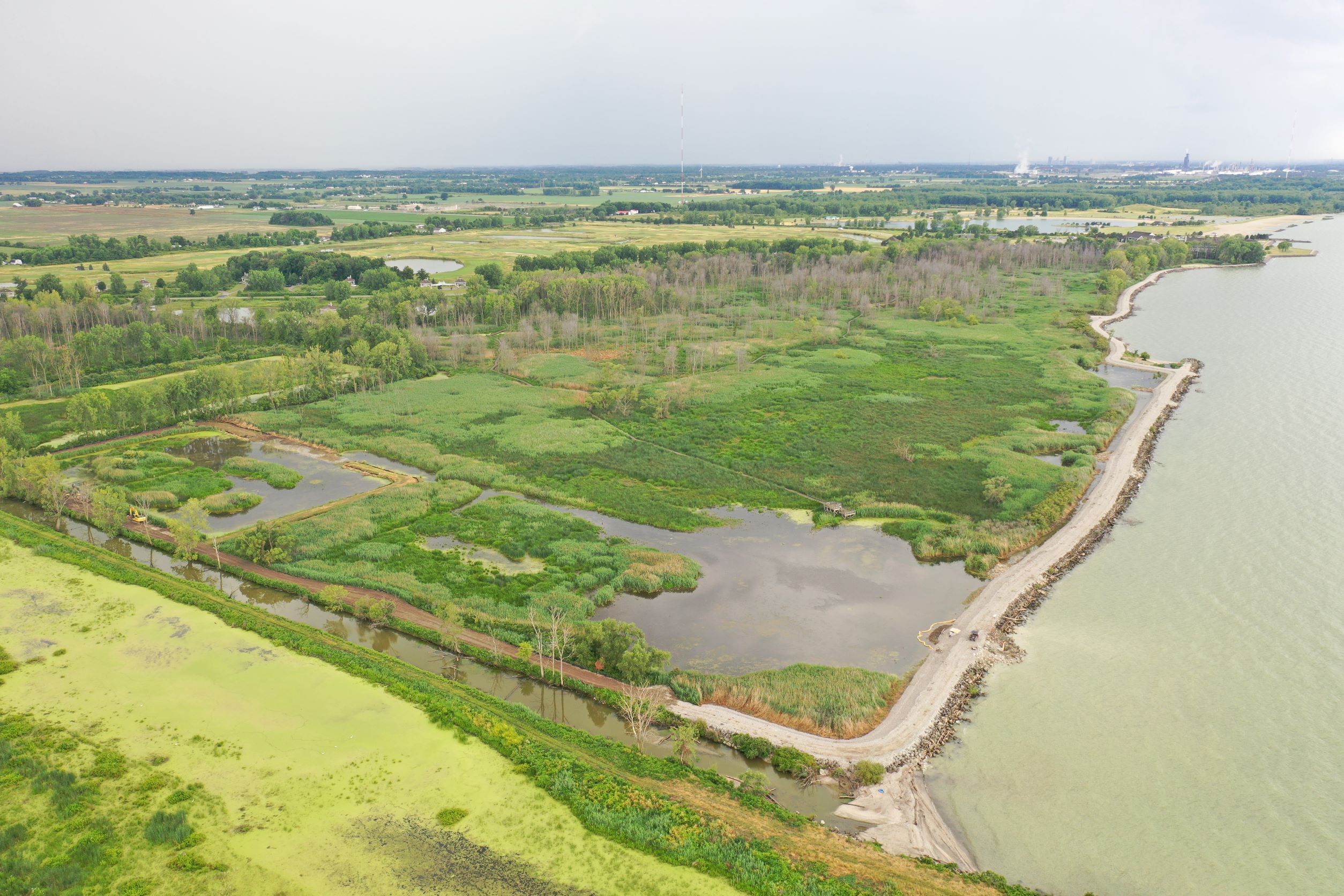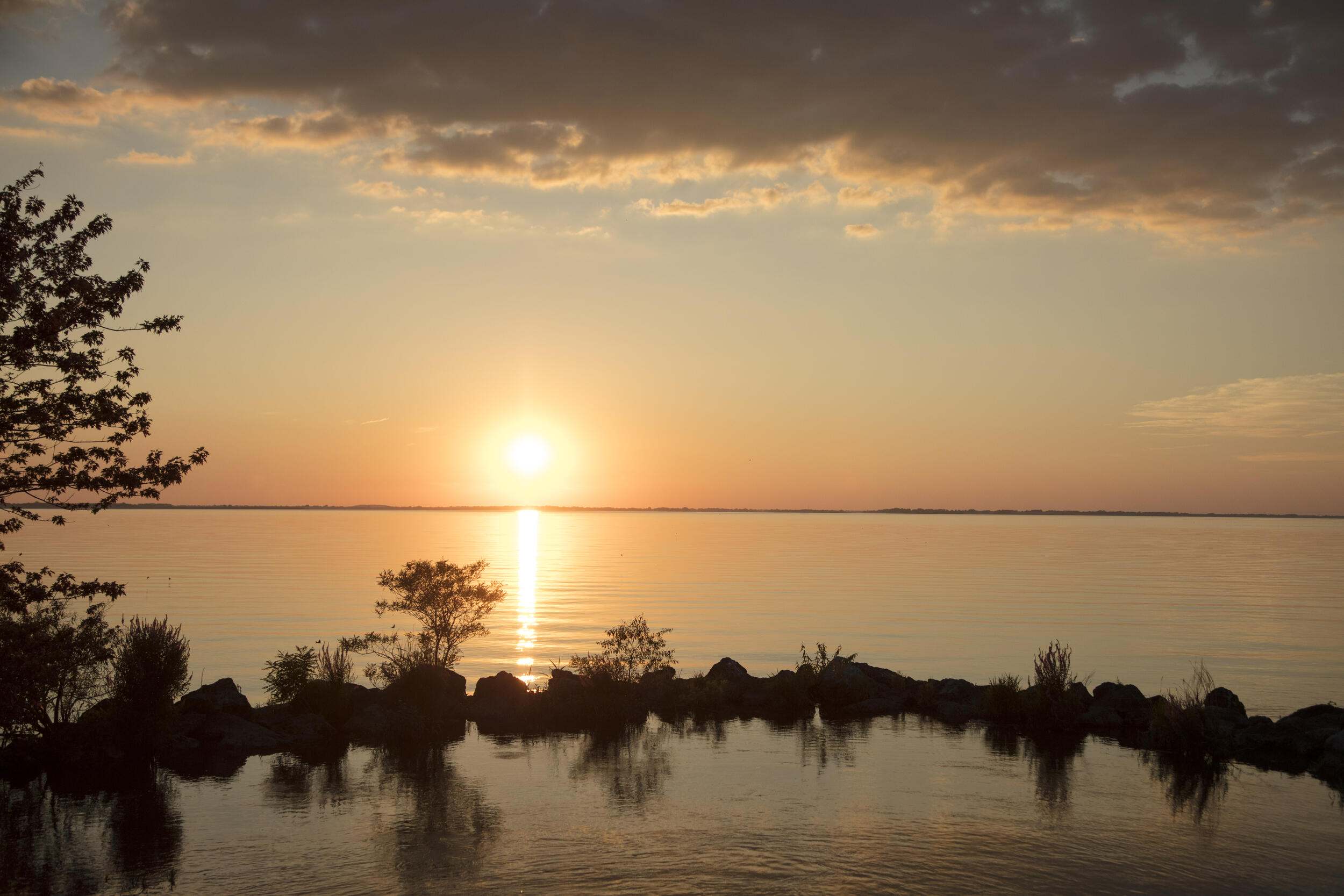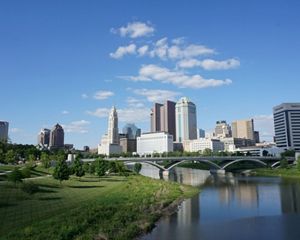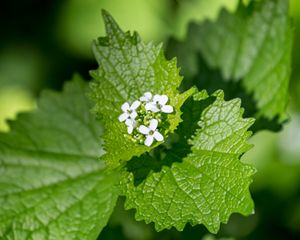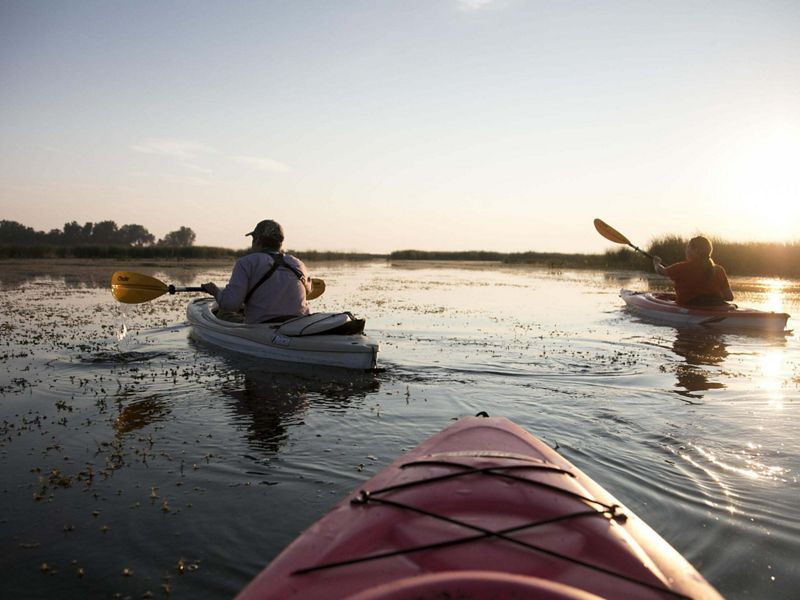
Restoring Our Great Lakes The Great Lakes Restoration Initiative is helping to fund critical conservation projects throughout the Great Lakes Region. © Ariana Lindquist
Public policy and funding are critical in driving effective conservation efforts, providing the necessary resources and frameworks for protecting and restoring our most climate-resilient and biodiverse landscapes. The Great Lakes Restoration Initiative (GLRI) exemplifies how strategic investments and collaborative action can lead to significant environmental improvements that benefit ecosystems and communities alike.
The Great Lakes Restoration Initiative
The Great Lakes Restoration Initiative was launched in 2010 to accelerate efforts to protect and restore the largest system of fresh surface water in the world—the Great Lakes. According to the U.S. Environmental Protection Agency, it is the largest investment in the Great Lakes in two decades. The GLRI targets the most significant problems confronting communities in the Great Lakes basin: degradation caused by invasive species, pollution and contaminants.
Focal Areas
From improving water quality in Lake Erie to revitalizing wetlands and fish habitats, the GLRI is driving essential projects that restore and protect the Great Lakes ecosystem, creating healthier environments for both people and wildlife. At its core, the GLRI focuses on five key areas that address the most pressing environmental challenges facing the Great Lakes.
-
Cleaning Up Areas of Concern
Areas of Concern are severely degraded geographic areas within the Great Lakes basin. Through targeted clean-up efforts, the GLRI is restoring these areas back to health, improving water quality and revitalizing local ecosystems.
-
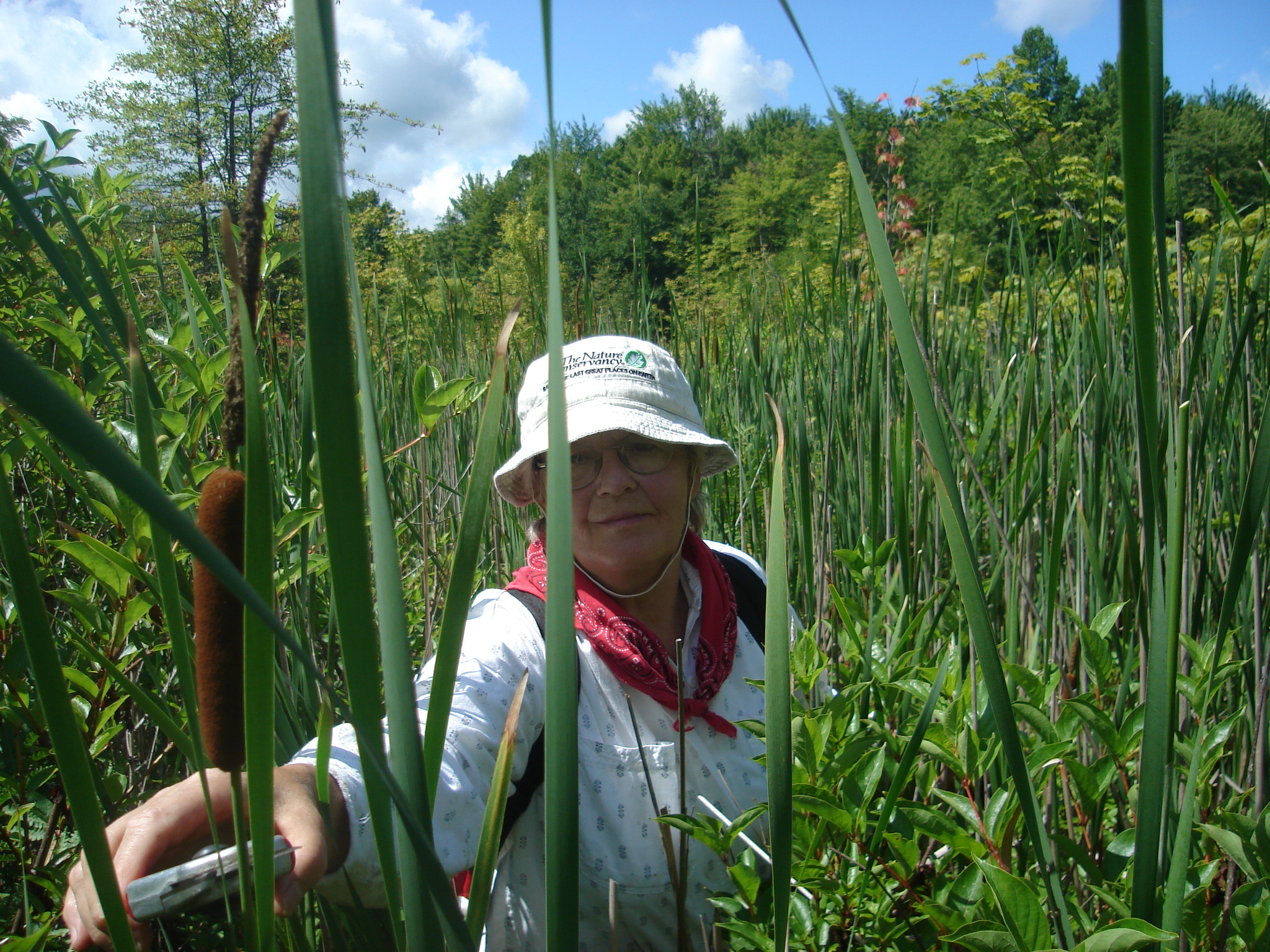
Preventing and Controlling Invasive Species
Invasive species pose a significant threat to the biodiversity and health of the Great Lakes. Funds from the GLRI help conservationists manage and prevent the spread of these non-native species, protecting native wildlife and habitats.
-
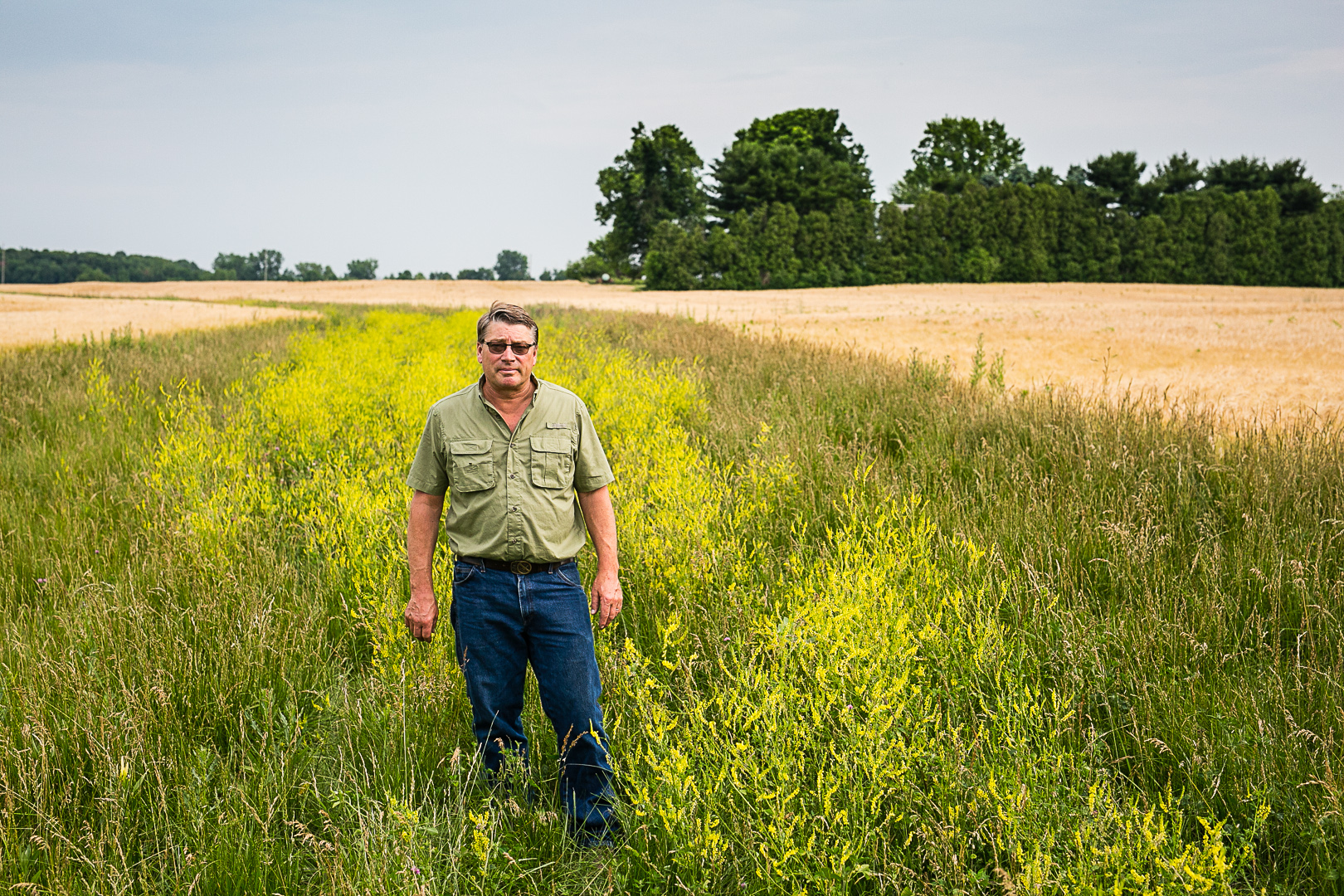
Reducing Nutrient Runoff
Excessive nutrient runoff from agricultural and urban areas leads to harmful algal blooms, which can be toxic and disrupt aquatic life. The GLRI supports practices that reduce nutrient runoff, helping to maintain clean and healthy waters.
-

Restoring Aquatic Habitats
The GLRI invests in projects that restore wetlands, rivers and other critical habitats, providing essential support for fish and wildlife populations. These efforts enhance biodiversity and contribute to the overall resilience of the Great Lakes.
-
Addressing Other Environmental Issues
The GLRI also tackles emerging contaminants and other environmental challenges, ensuring comprehensive protection and restoration of the Great Lakes.
Federal agencies frequently work with nonfederal partners, such as The Nature Conservancy, to use GLRI resources strategically and to accelerate progress toward long-term goals. By leveraging GLRI funds, we are implementing strategic initiatives that restore critical habitats, improve water quality and combat invasive species. These efforts not only enhance the health of our ecosystems but also support the well-being of local communities by providing cleaner water, healthier ecosystems and safer recreational opportunities.
Quote: Christian Kamm
The Great Lakes Restoration Initiative has been transformative for Ohio. GLRI funding has led to cleaner waterways, restored habitats and healthier communities. Continued support for this initiative is crucial for sustaining these positive outcomes and ensuring a vibrant future for the Great Lakes.
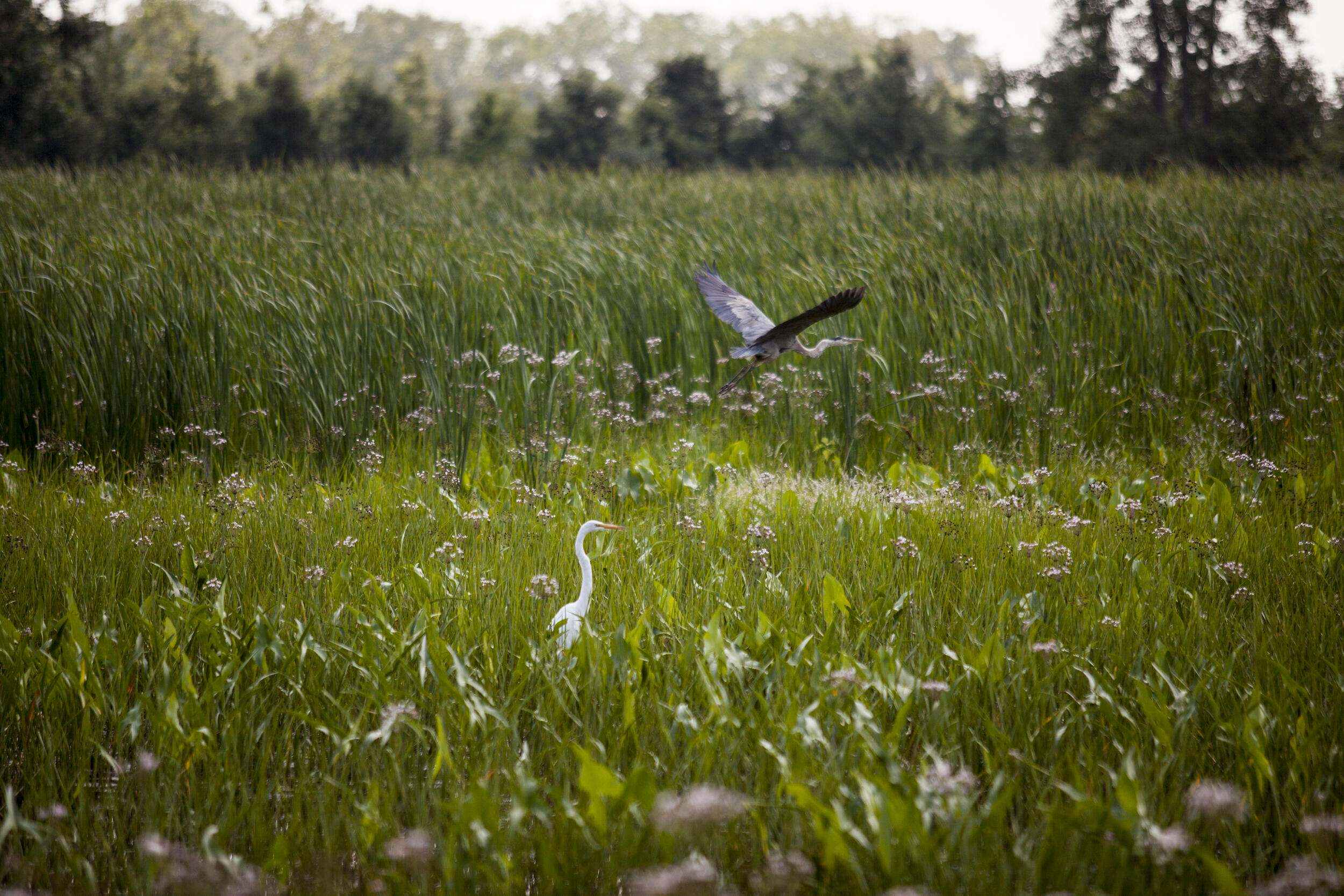
Explore How the GLRI is Making a Difference
Great Lakes Restoration Initiative funding has been instrumental in making a lasting difference for both people and wildlife in Ohio. Since 2010, over $260 million has been allocated to more than 465 projects in Ohio’s portion of the Lake Erie watershed. Learn more about how TNC is leveraging GLRI funding in Ohio.
Cuyahoga River Area of Concern
TNC works in coordination with over a dozen partner organizations on multiple projects along the Cuyahoga River within a cooperative weed management area (CWMA). TNC formalized a partnership in 2012 to begin work on the Cuyahoga River using GLRI funds to treat more than 200 acres of land within the boundaries of the Area of Concern as well as push for more cooperative workdays for all partners and volunteer events to engage the public. TNC has received grants to fund a lot of “behind-the scenes” work in this area such as mapping worksites and progress, creating shared equipment programs and inventory lists, adding more partners and providing outreach to communities along the river. The Cuyahoga River CWMA has existed in some shape or form since 2010. Today, TNC continues to explore innovative ways to be a more efficient and effective partner.
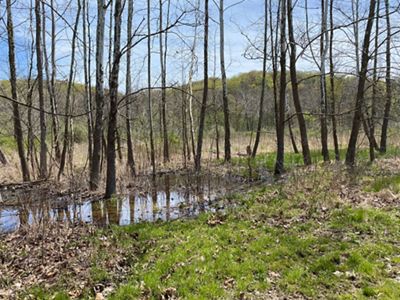
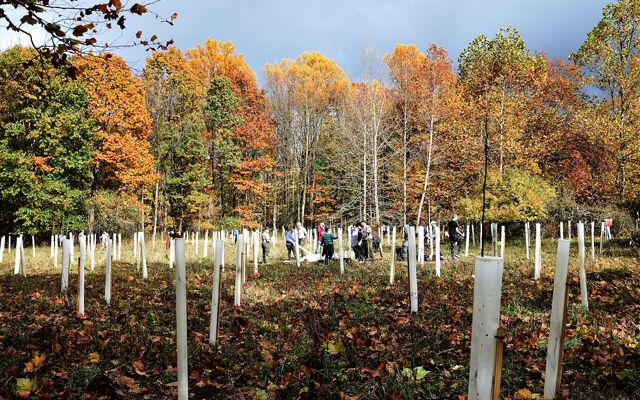
In addition to our work in the CWMA, TNC has used GLRI grant money in cooperation with Cuyahoga Valley National Park (CVNP), the Conservancy for CVNP and Sagamore Township in Cuyahoga County to plant 5200 trees on 40 acres of former farm fields on lands owned in part by CVNP and Sagamore Township. In partnership with the Conservancy for CVNP, TNC worked with volunteers to plant 4600 of those trees by the end of 2023. This project supports the Green Stormwater Infrastructure component of the grant used to fund the work by using the trees planted to capture water and sediment runoff in the many large streams that run through the project site and reduce the sediment load into the Cuyahoga River.
Sandhill Crane Wetlands
Just north of the Toledo Express Airport lies Northwest Ohio’s biggest wet prairie restoration project to date: Sandhill Crane Wetlands. This project, which strengthens a 13,000-acre corridor of protected land in the Oak Openings Region, restored 280 acres of frequently flooded, marginal cropland to historic and imperiled natural communities including emergent marsh, twig-rush wet prairie, oak savanna and mesic sand tallgrass prairie—habitats that support an abundance of native wildlife, including sandhill cranes.
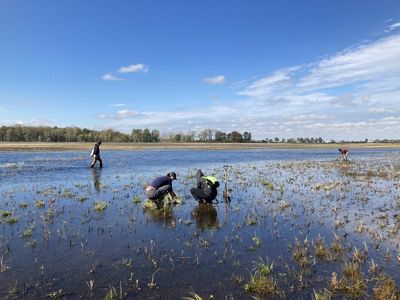
Wetlands once dominated northwest Ohio but have been reduced in size due to the installation of drainage infrastructure, agriculture and land development. Today, less than 5%-10% of Ohio’s original wetlands remain. Wetlands act as nature’s kidneys, and their loss has resulted in increased fertilizers and contaminants reaching Lake Erie, a vital source of drinking water for 11 million people.
The Sandhill Crane Wetland restoration process included halting artificial pumping, breaking drainage tiles and recontouring the land to rebuild the natural terrain modified by years of plowing. The site was then planted and seeded with native vegetation to reestablish the native Oak Openings Region habitat. Funding for the multi-year effort has been provided by two grants from the Ohio Environmental Protection Agency’s Maumee River Area of Concern (including provisions from the GLRI) and Water Resource Restoration Sponsor.
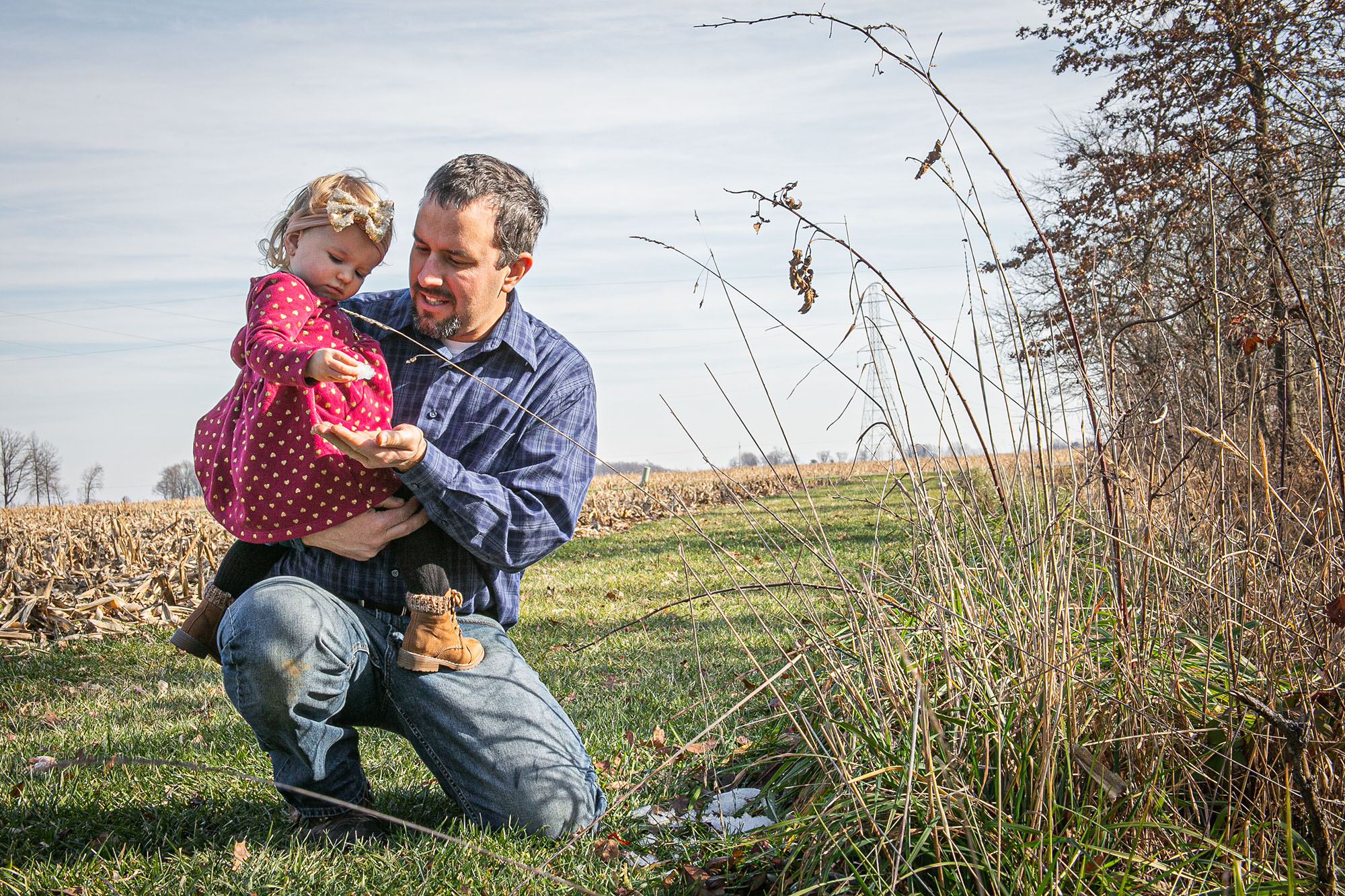
Thanks to GLRI funding, TNC has trained 22 farmers in the Maumee River Watershed who mentor other farmers on regenerative soil health and water management practices through peer-to-peer networking. To date, these 22 trained Advocates (who manage more than 20,000 acres themselves) have directly reached over 9,500 farmers through workshops, field days, small group meetings and one-on-one interactions with around 1,000,000 acres influenced. Their messages have indirectly reached an additional 1.5 million people through articles, social media and videos.
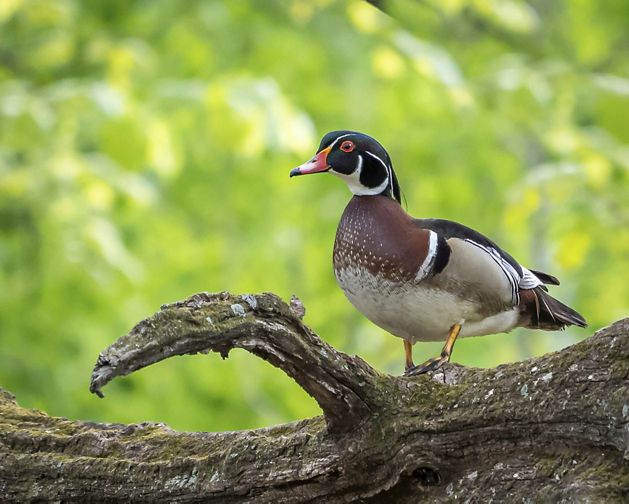
Nature Needs You
Sign up to receive monthly conservation news and updates from Ohio.
